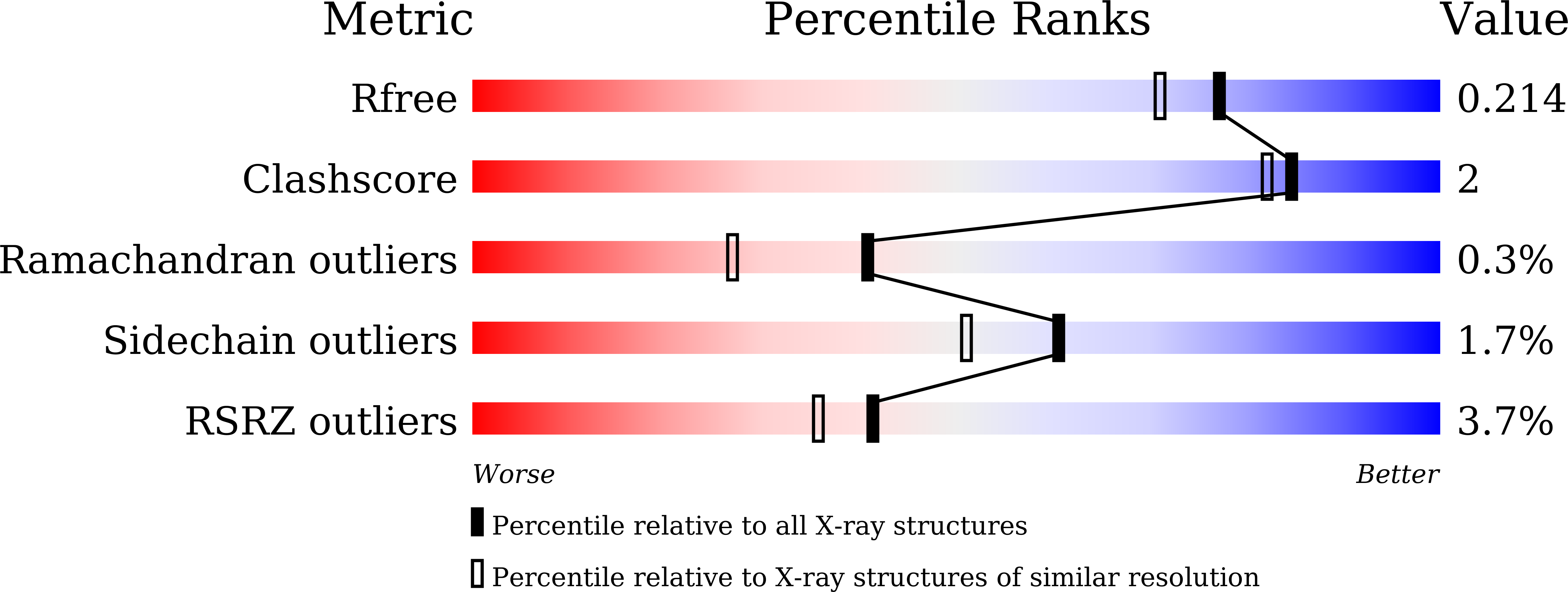
Deposition Date
2020-09-16
Release Date
2021-04-14
Last Version Date
2024-11-06
Entry Detail
PDB ID:
7D2D
Keywords:
Title:
Crystal structure of Ixodes scapularis glutaminyl cyclase with a Mn ion bound to the active site
Biological Source:
Source Organism:
Ixodes scapularis (Taxon ID: 6945)
Host Organism:
Method Details:
Experimental Method:
Resolution:
1.80 Å
R-Value Free:
0.21
R-Value Work:
0.17
R-Value Observed:
0.17
Space Group:
P 21 21 21


